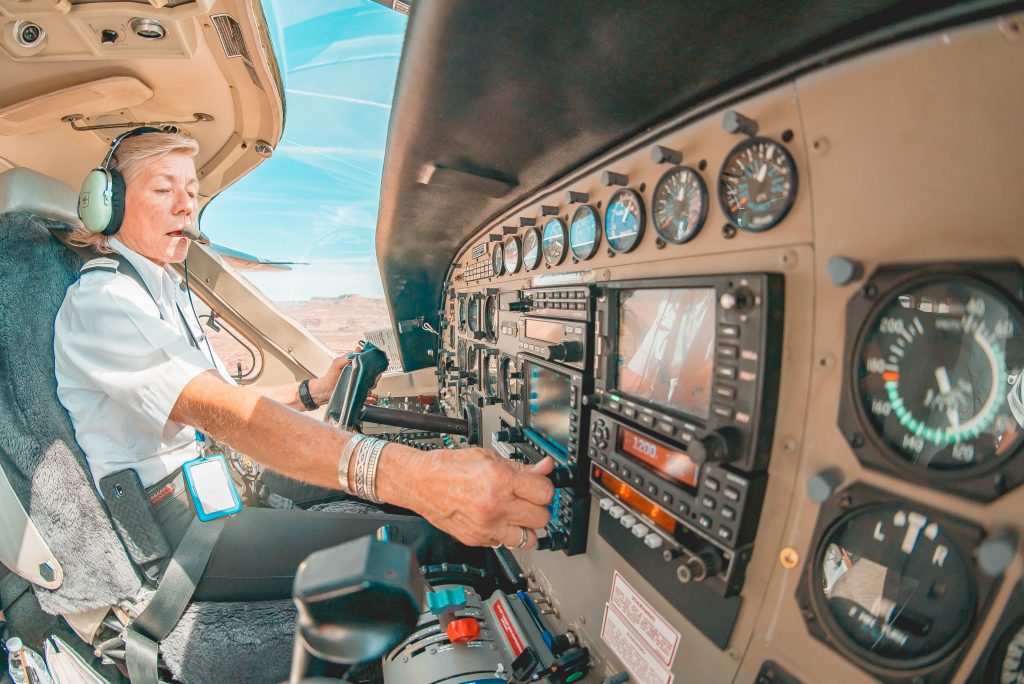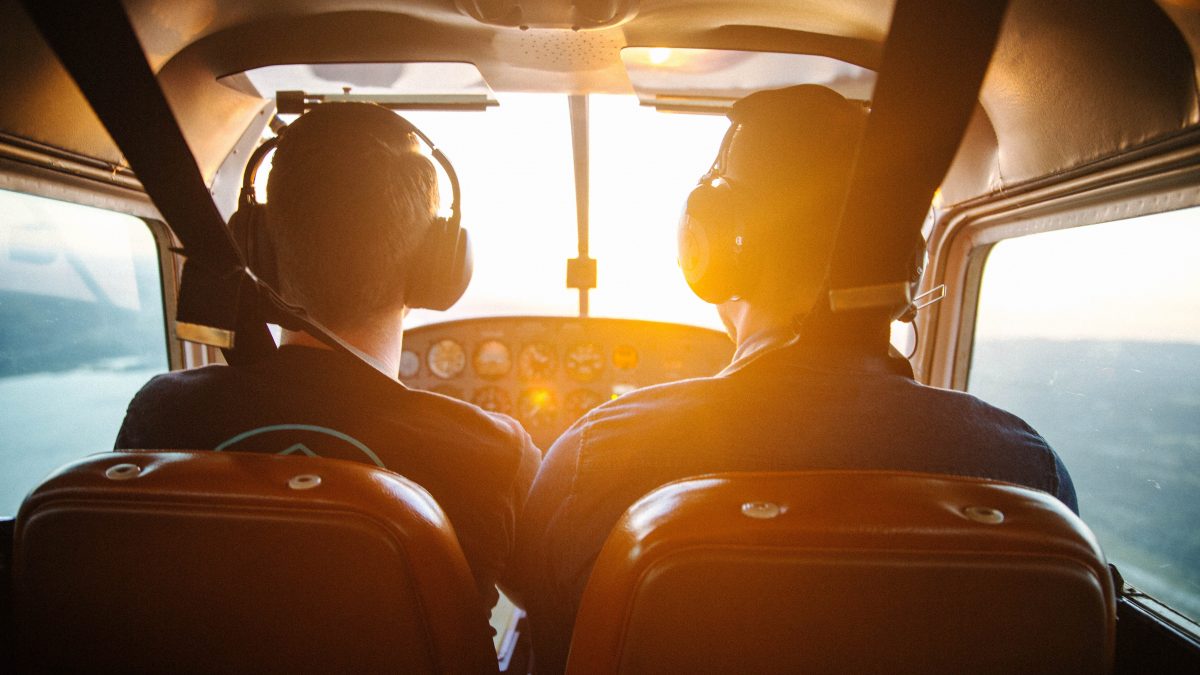Your Complete Guide to Getting a Private Pilot License
Choosing sales director recruitment agencies
September 14, 2022
Types of Pilot License in the UK
October 20, 2022At Eagle Headhunters, we are specialists in the area of aviation recruitment. Here we look at the importance of a private pilot license, specifically addressing why it is needed and how it can be used for work.
What does a private pilot do?
A private pilot is notably different from a commercial pilot. A private pilot holds a private pilot license to fly private aircraft. They are knowledgeable in operation, navigation, safety and planning, specifically for cross-country flights. As certified aviation specialists, with a private pilot license, they can fly small aircraft for personal use. Holding a private pilot license allows the individual to be pilot in command (PIC) on non-commercial flights or touring motor gliders (TMGs)
In addition, it can be a stepping stone to becoming a commercial pilot. Becoming a commercial pilot – flying clients or customers for money – requires more stringent training.
What is a private pilot license (PPL)?
A private pilot license (PPL) is the way to become certified to fly for pleasure and independence. It’s a good entry means of learning about aviation and determining if you’d like to consider being a pilot as a career. Becoming a commercial pilot is an extremely costly and potentially lengthy process. As such, gaining a PPL can be a good stepping stone to determine if you’d like to develop a career in aviation. At the end of the day, the private pilot license allows you to legally fly an aircraft and get your foot in the door for making a career of flying.
What type of aircraft can you fly with a PPL?
If you hold a private pilot license, you can fly a broad range of planes, as long as you have the correct certification. Most commonly, those with a PPL will fly small single-piston/twin-engine aircrafts. The license allows you to fly any non-turbojet aircraft weighing less than 12,500 lbs. You can fly during both day and night time.

What’s involved with getting a private pilot license?
It’s quite a gruelling process to get your private pilot license, but it can open doors. It’s required that you must do your training at either an approved training organisation or a declared training organisation.
- The first step is to complete your theoretical knowledge exams. These exams cover a range of topics including air law, human performance, communications, meteorology and navigation. You will also be required to take exams which are specific to the aircraft category you have chosen. These will cover topics such as operational procedures, principles of flight, and flight performance and planning.
- Once you pass the theoretical exams, you then have 24 months in which to complete the flight instruction and crediting. You must pass your skill test within these 24 months or you will need to retake the exams.
- Flight instruction involves completing 45 hours of flight instruction in aircraft (only 5 hours may be completed in an approved simulator). This will involve at least 25 hours of dual flight instruction and 10 hours of supervised solo flying. You must specifically complete at least 5 hours of solo cross-country flying over at least one flight that is at least 270 km involving two complete full stop landings at two aerodromes which aren’t the same as the starting point.
- Once you’ve completed your flight training, you’ll then need to complete a skill test. This will take place in the type of aircraft you will be flying. You’ll act as pilot in command (PIC) demonstrating your skills to the examiner.
What can a private pilot license be used for?
You can predominantly use your private pilot license for pleasure. You can fly in and out of civil airports. You can fly beyond the UK. You can take passengers such as family and friends whilst acting as pilot in command. You can tow gliders and carry out flights for charities. In addition, you can help with search and rescue operations. There are lots of different ways that you can fly and enjoy being a pilot.
What you can’t do, however, is you can’t be paid for flying. This means, that while the private pilot license is a step to a career in aviation, it’s not your final destination.
If you’d like a career in aviation, and to be paid for flying – including in small aircraft – then you will need to go on to become a commercial pilot. Being a commercial pilot is a very lucrative career. Your PPL will help you access courses as it demonstrates your capabilities and aptitude.
Who can get a private pilot license?
You need to be at least 17 years old and hold a valid driver’s license. You’ll also need a FAA medical certificate that clears you to fly. You then need to complete the training listed above.
Most people gain their PPL in around 3-6 months, but it does vary according to different factors. Costs vary too, according to flight school, but you will typically find that it costs considerably upwards of £10,000.
How to become a private commercial pilot?
If you’d like to work as a private commercial pilot, rather than for a well-known airline, then your PPL can act as a stepping stone to this career. First, you will need to achieve your Air Transport Pilot Licence (ATPL) or gain a Commercial Pilot’s Licence. The first is typically a university course. The second can be done in around 18 months full-time.
Learn more about aviation recruitment and find out about opportunities with Eagle Headhunters.

